The past decade was an exciting time for the internet and new ways of using it. 5G is now available and will be used worldwide by various operators over the next 4-5 years. Different projects are happening around the world to develop and sell 6G. Meanwhile, programs for 6G are already underway, exploring new ways to make internet speeds and capacity even faster for the next generation of use cases. One of these is the India Bharat 6G project that started in March 2023. Other projects like The 6G Flagship Project and The Next G Alliance are also doing research and testing.
6G is expected to be a significant improvement over 5G, offering much faster speeds, lower latency, and improved reliability, capacity, and energy efficiency. This will enable new and innovative use cases that are not possible with 5G, and it is expected to have a major impact on the way we live and work.
In this post, we will learn the main differences between 4G, 5G, and 6G so we can think about how things will change in the next ten years.
Comparison of 4G, 5G, and 6G
Here’s a table comparing some of the key features of 4G, 5G, and speculative potential features of 6G.
| Feature | 4G | 5G | 6G (Speculative) |
|---|---|---|---|
| Data Speed | Up to 100 Mbps | Up to 10 Gbps | Potentially in the terabits per second range |
| Latency | Around 50 ms | Sub-10 ms | Further reduced, possibly to sub-millisecond levels |
| Frequency Bands | Relies on lower frequency bands (sub-6 GHz) | Utilizes both lower and higher frequency bands (sub-6 GHz and mmWave) | Expected to use higher frequency bands, possibly including terahertz (THz) |
| Network Architecture | LTE-based | Evolved from LTE, uses advanced network slicing | Likely more advanced with dynamic network slicing and AI-powered optimization |
| Antenna Technology | MIMO (Multiple-Input Multiple-Output) | Advanced MIMO and beamforming | More advanced antenna technologies and beamforming |
| Coverage | Wider coverage, especially in urban areas | Improved coverage in urban areas, but may have challenges with mmWave range | Enhanced coverage in both urban and rural areas |
| Use Cases | Mobile broadband, video streaming, basic IoT | Enhanced mobile broadband, IoT, AR/VR, smart cities, connected vehicles | Advanced IoT applications, AI-driven services, immersive AR/VR, holographic communication |
| Energy Efficiency | Moderate power consumption | Improved energy efficiency | Further improved energy efficiency to support IoT proliferation |
| Standardization | LTE and LTE-Advanced based | Globally standardized by 3GPP | Early global standardization efforts to avoid fragmentation |
| Security | Advanced encryption and security protocols | Enhanced security measures | Addressing evolving security concerns, stronger encryption |
| Deployment Status | Widely deployed worldwide | Deployed in some regions, ongoing expansion | Not yet deployed, still in the research and development phase |
Though, 6G technology had not been fully defined or standardized, and its exact specifications are still yet to define. However, the base for differentiation between 5G and 6G is based on the trends and challenges in the telecommunications industry.
Explaining the differences between 5G and 6G will throw light on more
- Higher Data Rates: One of the primary goals of each new generation of wireless technology is to achieve higher data rates than the previous generation. 6G is expected to provide even faster data transfer speeds than 5G, possibly reaching terabits per second, enabling incredibly high-quality streaming, real-time communication, and data-intensive applications.
- Lower Latency: 6G is likely to reduce latency even further compared to 5G. Latency refers to the time it takes for a device to communicate with the network. Ultra-low latency is essential for applications like augmented reality (AR), virtual reality (VR), autonomous vehicles, and remote surgery, where real-time responsiveness is critical.
- Enhanced Coverage: 6G may offer improved coverage in rural and remote areas. Extending coverage to underserved regions is a constant goal in the development of wireless technologies.
- Advanced Antennas and Beamforming: 6G is expected to make use of more advanced antenna technologies and beamforming techniques to improve signal strength and enhance the efficiency of data transmission, especially in densely populated areas.
- AI Integration: 6G could see more significant integration of artificial intelligence (AI) into the network infrastructure. AI can optimize resource allocation, manage network congestion, and enhance security, among other applications.
- Spectrum Utilization: 6G might utilize higher frequency bands, including terahertz (THz) frequencies, to accommodate the increasing demand for bandwidth. These higher frequencies offer wider bandwidth but come with challenges related to signal propagation and penetration.
- Energy Efficiency: As with each new generation, energy efficiency is likely to be improved in 6G to support the growing number of connected devices and reduce the environmental impact of the technology.
- Security and Privacy: 6G is likely to address the evolving security and privacy concerns that come with the increasing number of connected devices and data exchanges.
- Global Standardization: 6G development will likely focus on global standardization efforts early on to avoid the fragmentation issues experienced during the transition from 4G to 5G.
We should remember that 6G is still in the early stages of development and will likely see significant changes and advancements before it becomes a practical and widespread technology. As and when new information becomes available, the differences between 5G and 6G will become clearer and more defined.
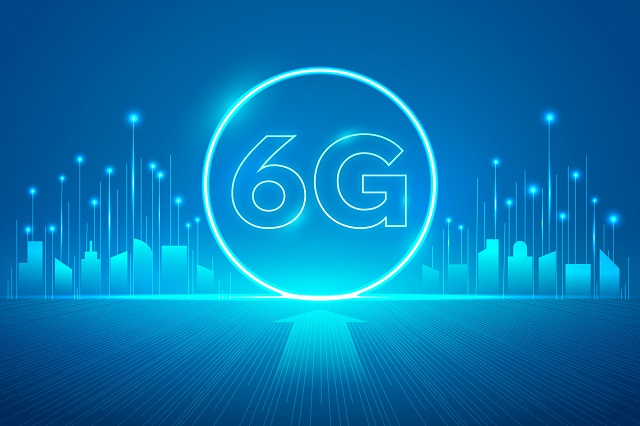
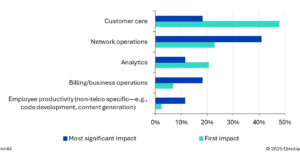
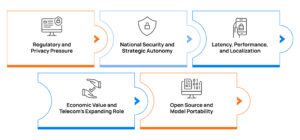

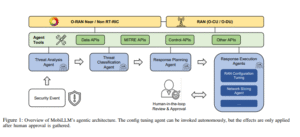
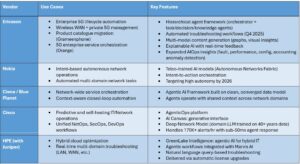
Be First to Comment